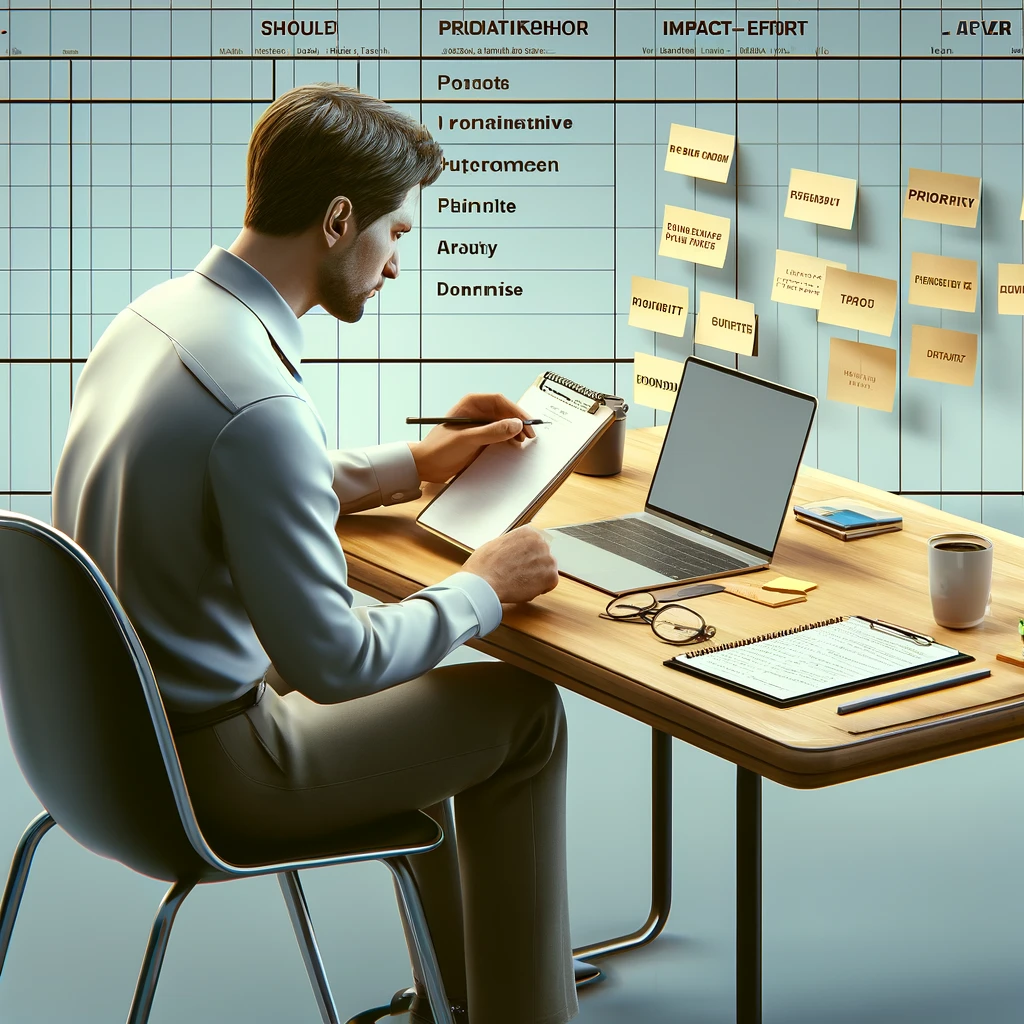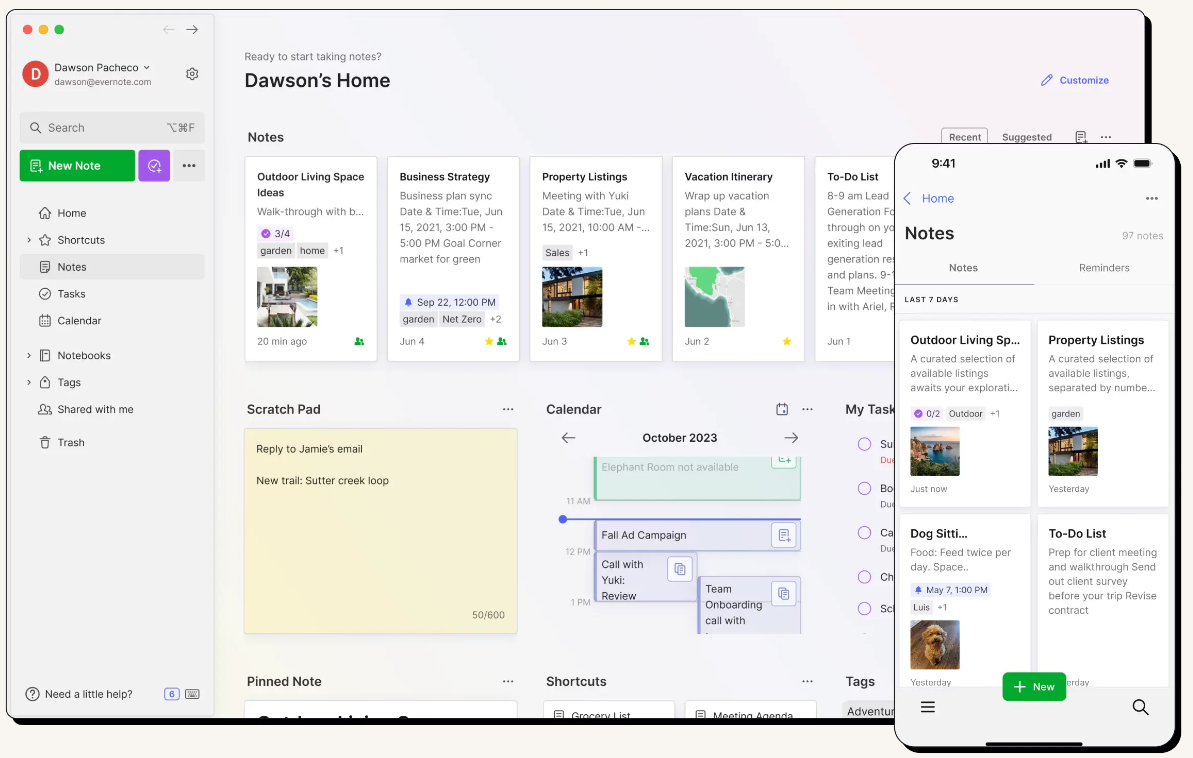How to Limit Distractions to Be More Productive
In today’s fast-paced world, limiting distractions is crucial for maintaining productivity. With constant notifications, social media, and endless online content, it’s easy to get sidetracked. Here, we’ll explore why it’s important to limit distractions, identify common distractions that should be eliminated, and provide a step-by-step guide to help you stay focused and productive.
Why Limiting Distractions is Important
Distractions can significantly impede our ability to focus and complete tasks efficiently. When we are constantly interrupted, our brain takes time to refocus, leading to a decrease in overall productivity. Moreover, frequent distractions can increase stress levels and reduce the quality of our work. By limiting distractions, we can maintain better concentration, complete tasks more quickly, and produce higher-quality work.

Common Distractions to Eliminate
- Social Media: Platforms like Facebook, Instagram, and Twitter can consume a lot of time and attention.
- Smartphone Notifications: Constant alerts from messages, emails, and apps can disrupt your workflow.
- Multitasking: Attempting to juggle multiple tasks at once can lead to reduced efficiency and errors.
- Unnecessary Meetings: Frequent and unplanned meetings can eat into productive work time.
- Cluttered Workspace: A disorganized work area can lead to distractions and wasted time searching for items.
Steps to Eliminate Distractions
- Set Clear Goals
- Define Your Objectives: Start each day by outlining what you need to accomplish. Having clear, specific goals provides a roadmap for your day and helps you stay focused.
- Break Down Tasks: Divide larger tasks into smaller, manageable chunks. This makes tasks less overwhelming and easier to tackle.
- Prioritize: Identify the most important tasks and tackle them first. Use the Eisenhower Matrix (urgent vs. important) to prioritize your to-do list effectively.
- Create a Distraction-Free Workspace
- Organize Your Space: Keep your desk tidy and free of clutter. Only keep items that are essential for your work. A clean environment reduces the likelihood of being visually distracted.
- Ergonomics: Ensure your workspace is comfortable. Proper chair height, desk setup, and lighting can help you maintain focus.
- Minimize External Noises: Use noise-canceling headphones or play background music that helps you concentrate. Inform those around you about your need for a quiet environment.
- Turn Off Notifications
- Digital Detox: Turn off notifications for non-essential apps on your smartphone and computer. This includes social media, news apps, and even email during critical work periods.
- Use Focus Tools: Utilize apps like Freedom, or StayFocusd to block distracting websites and apps during work hours. Discover the top 6 apps to block distractions and keep you focused on your tasks
- Scheduled Email Checks: Instead of checking emails constantly, schedule specific times to review and respond to them.
- Use Time Management Techniques
- Pomodoro Technique: Work for 25 minutes, then take a 5-minute break. After four cycles, take a longer break of 15-30 minutes. This technique helps maintain high levels of focus and productivity. To learn more about how to implement the Pomodoro Technique, read this article.
- Time Blocking: Allocate specific blocks of time for different tasks or types of work. Stick to these time blocks to create a structured schedule.
- Task Batching: Group similar tasks together. For example, handle all administrative tasks in one go, so your brain doesn’t have to switch contexts frequently.
- Schedule Breaks
- Regular Breaks: Take short breaks after every hour of work to rest and recharge. Use this time to stretch, walk around, or do a quick mindfulness exercise.
- Healthy Activities: Engage in activities that rejuvenate you during breaks. This could be a short walk, a healthy snack, or a few minutes of deep breathing exercises.
- Prioritize Tasks
- Daily To-Do Lists: Write a to-do list at the start of each day. Clearly outline tasks and prioritize them by importance and deadline.
- Use Productivity Tools: Tools like Trello, Asana, or Todoist can help you manage tasks and track progress. These tools also allow you to set deadlines and reminders. Discover the Top 5 Productivity Tools to Help You Manage Tasks
- Limit Multitasking
- Single Task Focus: Focus on one task at a time. Completing a task before moving on to the next ensures higher quality and faster completion.
- Mindfulness Practices: Incorporate mindfulness techniques to stay present and focused on the task at hand. Practices like meditation can train your brain to improve focus and reduce the tendency to multitask.
- Communicate Boundaries
- Inform Others: Let your colleagues, friends, and family know your work hours and the importance of minimizing interruptions during these times.
- Use “Do Not Disturb” Mode: Activate “Do Not Disturb” settings on your devices during critical work periods to prevent interruptions.
- Set Physical Boundaries: If possible, create a designated workspace where you can work undisturbed. A separate room or a specific area dedicated to work can help signal to others that you are in work mode.
Conclusion
By understanding the importance of limiting distractions and implementing these detailed strategies to eliminate them, you can significantly enhance your productivity. A focused and organized approach to work not only improves efficiency but also leads to higher-quality results and a more satisfying work experience.



